The National Maritime Museum publishes articles that highlight exhibitions, items from the collection, or other sources of knowledge. In this way, the institution manifests itself as a museum with a leading maritime collection and library.
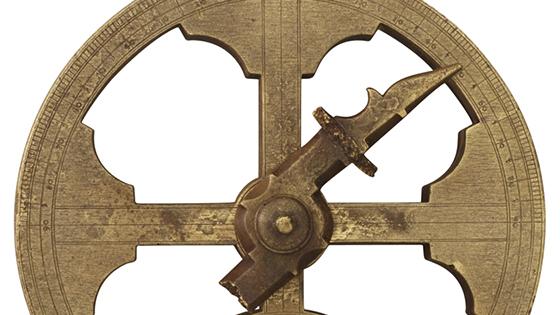
June 21: longest day of the year
How did they measured in the past the angle formed between the horizon and the sun or star? One of the instruments they used to measure this was the astrolabe.
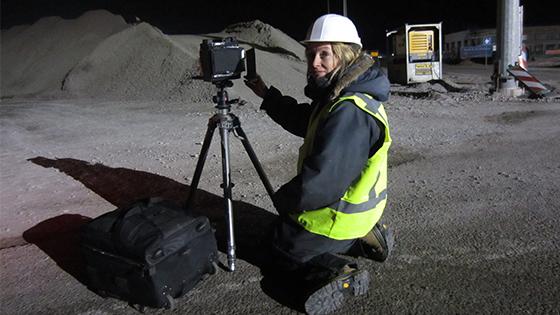
Marie-Jose Jongerius
Marie-José seeks out the boundary between human and nature. after graduating from the Royal Academy of Fine Arts in The Hague, Marie-José received various prestigious grants that allowed her to travel the globe for her photography projects.
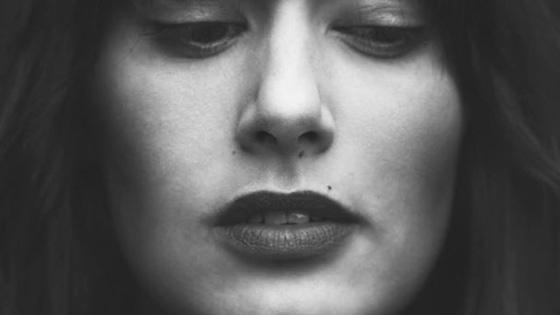
Aisha Zeijpveld
Most likely you are already familiar with Aisha Zeijpveld's work: the nearly always absurd portraits that grace the cover of Volkskrant Magazine have been captured by her camera.

Jan Hoek
Jan juggles language, imagery, and people. Before completing his studies at the Rietveld Academy, Jan began working on his provocative photography series sweet crazies, for which he transformed a group of homeless Ethiopian men with a mental disability into kings.
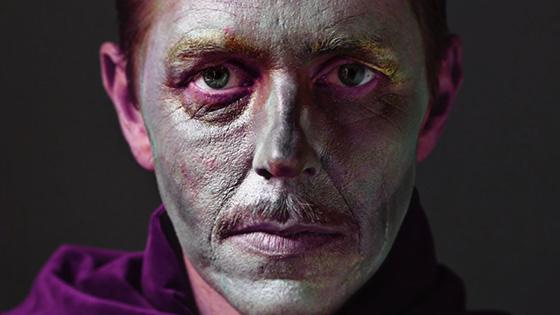
Koen Hauser
In the fifteen years since Koen Hauser studied photography at the Rietveld Academy, his work has been shown in exhibitions around the world, including in China, Europe, and the United States.
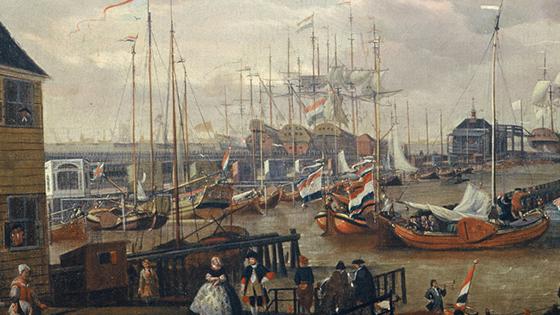
The rise of organised watersports
The Netherlands was the first Western country to develop pleasure boating on a large scale; the first yachts were built as early as 1600, and Amsterdam’s first yacht harbour opened in 1622.
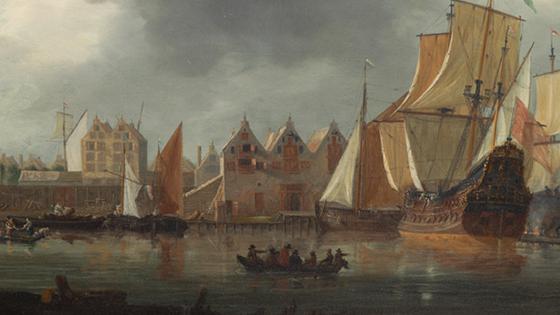
East India Company Shipyard in Amsterdam
The Dutch East India Company had a total of six shipyards: Amsterdam, Hoorn, Enkhuizen, Delft, Rotterdam and Middelburg. But the largest and most important by far was Amsterdam.
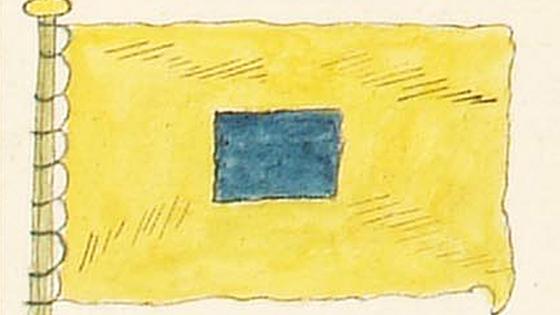
Waving flags for communication
Flags have been used at sea for centuries. They allow ships to identify the country another ship hails from at a glance. On warships, flags...
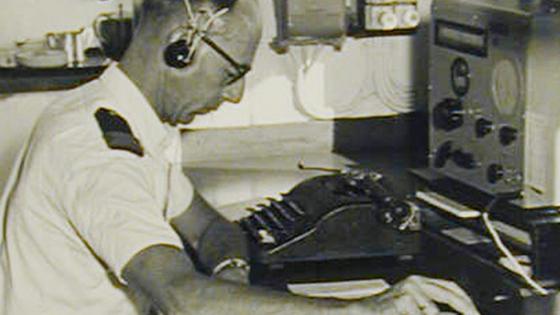
Codelanguage: dots and dashes
The first optical telegraph messages sent over great distances were transmitted at the end of the eighteenth century. In 1838, the American painter, inventor and professor Samuel Morse (1791-1872) invented the alphabet that would come to be known as Morse code.